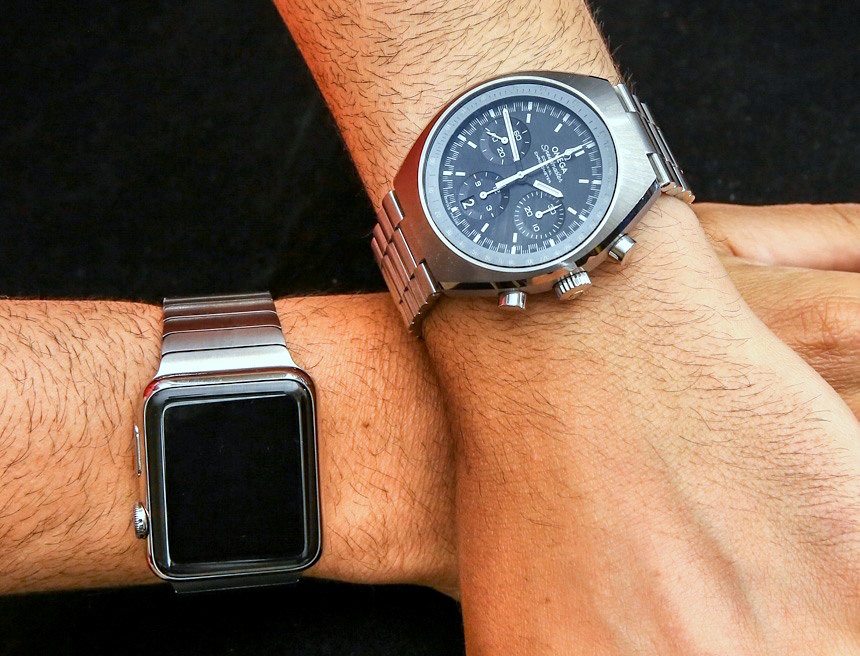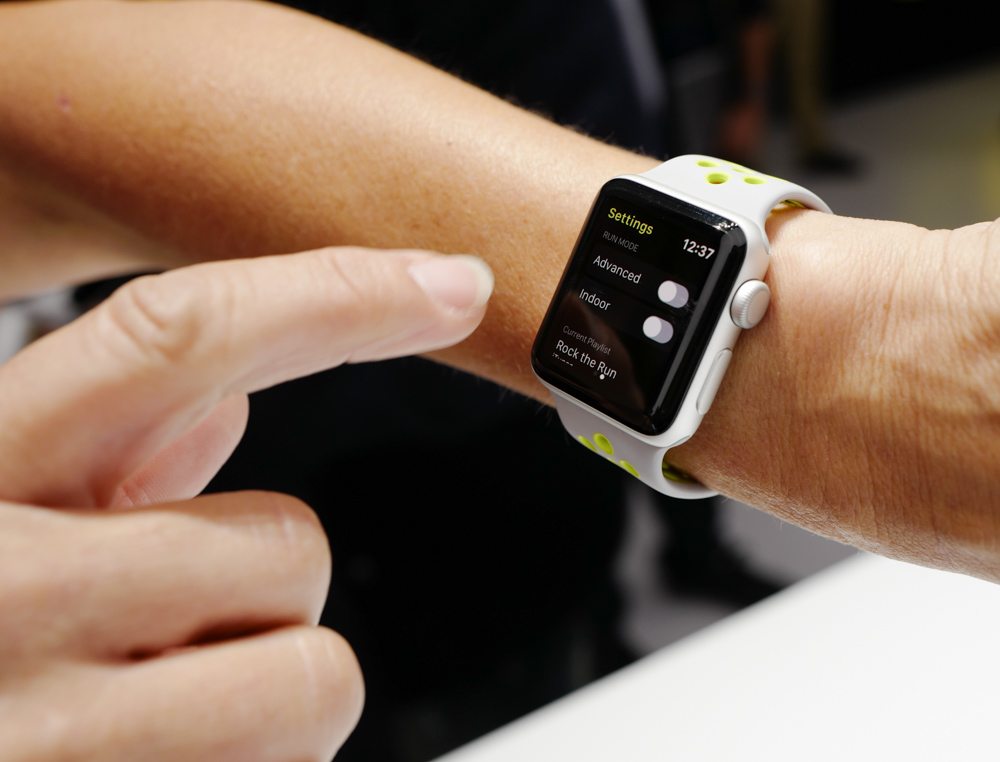
Two years after debuting the original Apple Watch, Apple has just released the Apple Watch Series 2 (Apple Watch 2 or S2, as it is also being called) as one part of what I would faithfully describe as an “epic” keynote event in San Francisco. Tim Cook and other Apple employees spent about two hours on stage more or less focusing on the Apple Watch Series 2 and the iPhone 7, along with related software and accessories.
In this article, I’d like to elaborate a bit more on my feelings after initially reporting on the Apple Watch Series 2 launch (link above), as well as discuss some of the interesting things Apple mentioned, and also point out a few things that they did not mention.
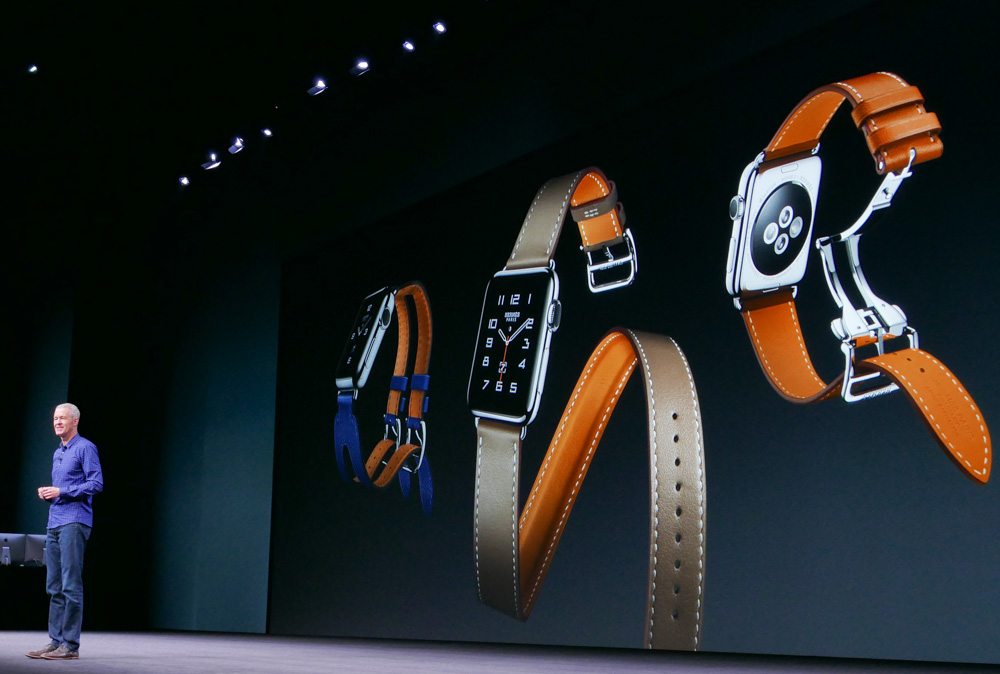
Apple keynote presentations do not frequently last this long, in my experience – and to be fair to Apple, they had a lot to share. Nevertheless, often as much time goes into analyzing what Apple omitted from their presentation as picking apart what was actually said. For journalists like me, deciphering the fuller meaning of exactly what Apple stated and trying to unravel their thinking and strategy is part of the fun/chore of each event. While I am an iPhone user, I’m not a mobile phone expert as some other tech journalists are. I am, however, someone who knows an awful lot about watches, and that area of interest is quickly integrating smartwatches in addition to the traditional watch topics that already occupy the majority of my waking hours and cognitive bandwidth.
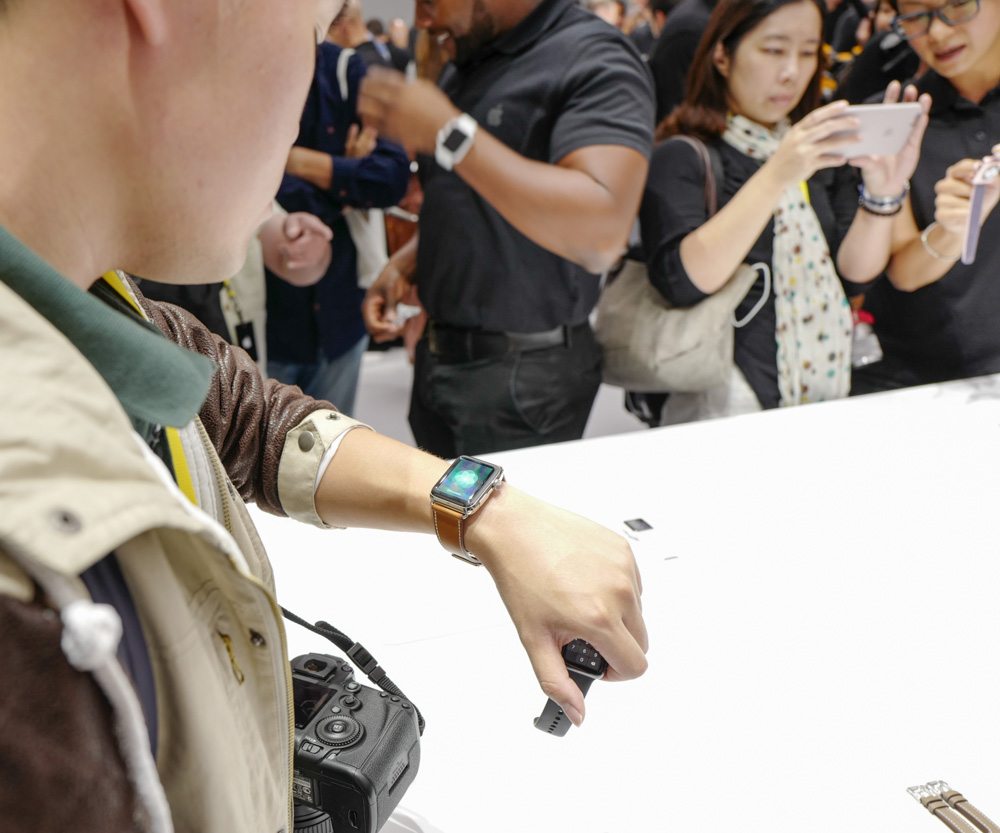
Apple Makes Watches, And The Apple Watch Is A Hit
Tim Cook presented an interesting albeit cryptic statistic that Apple ranked #2 under Rolex (and above Fossil) for “2015 Worldwide Watch Sales.” Much speculation has gone into the precise meaning of this data as “Worldwide Watch Sales,” isn’t a concept that was particularly well-defined. I see this number as being related to the overall value of sales volume. That means the brands presented on this list (Rolex, Apple, Fossil, Omega, Cartier, Citizen, Seiko, Patek Philippe, Longines, Tissot, and Casio, in that order) are ranked in terms of the value of their total sales for 2015.
It isn’t a measure of sales volume, but rather profitability. For instance, Tissot and Longines produce a lot more watches per year (each) than Patek Philippe. Yet Patek Philippe ranks higher. How is that possible? It is possible because the average price per watch of a Patek Philippe is much higher than the average cost of a Tissot or Longines.
The takeaway message here is that Apple earned a lot of money from selling Apple Watches, and we know that most Apple Watches sold are the aluminum-cased variety which cost about $350 – $400 each. Rolex sells under a million watches a year, but at prices which are much higher (likely average of about $7,000 – $10,000 per watch). The Fossil Group may have actually sold more units than Apple did Apple Watches, but many of their watches are priced at less than $200.
So how many Apple Watches did Apple sell? Apple did not disclose figures, nor do they need to, from their perspective. However, this chart is clearly aimed at investors as well as naysayers who from the beginning have been calling the Apple Watch a dud, or a likely dud. Apple knew from the start that when they took on the wearables segment they would need to both be patient as well as help build the segment itself. Apple did not mention Samsung by name, but they did mention that they sell at least twice as many watches as the closest smartwatch competitor – and that is easily Samsung (which recently released its newest smartwatch, the Samsung Gear S3).
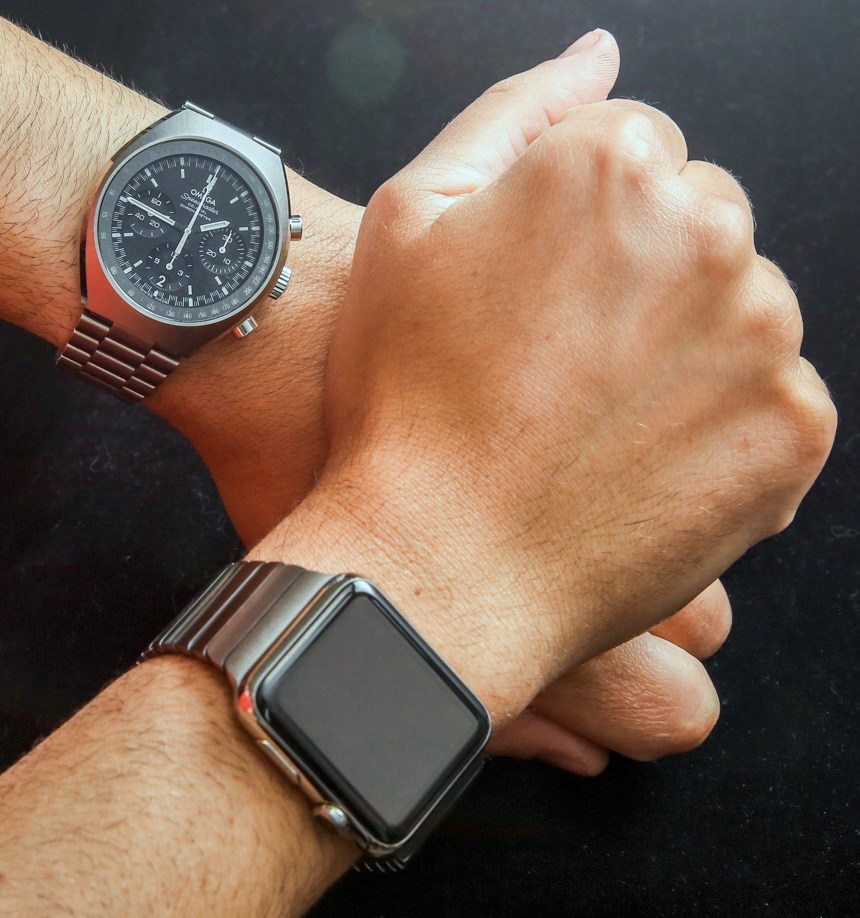
I’ve personally been extremely irritated by all the negativity surrounding the Apple Watch from the perspective that it is a failure. I don’t care whether or not people like the product, but I really dislike ignorant conclusions about its status as product and the smartwatch segment overall. Investors who demand that Apple sell hundreds of millions of each new product are asking for too much. Smartwatches are still a new area, and like it or not, Apple is the leader – or at least, one of the leaders. It is a consumer product segment that they are helping to form in the first place, and there is going to be a growth and development period for a number of years. Apple is clearly invested in the longterm, even if the Apple Watch doesn’t sell in volumes like mobile software applications on the App Store. It is a developing market and people should be impressed versus down on what Apple and its colleagues in the space are doing.
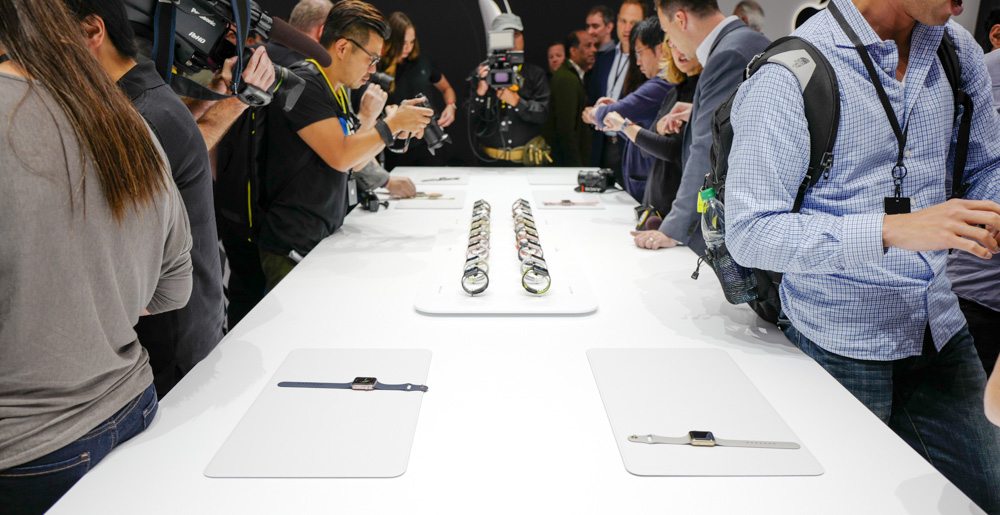
Going back to the question of just how many Apple Watches were sold in 2015, it is easily in the millions. Let’s play around with some math. Assume that in 2015 Rolex had a slow year and sold 600,000 watches (they are estimated to produce between about 700,000 to 900,000 watches per year) and let’s assign them an average price point of $7,500 (the popular steel Rolex Submariner Date, for instance, has a retail price of $8,550 and anything with gold or diamonds is going to cost more). So 600,000 times $7,500 equals $4.5 billion.
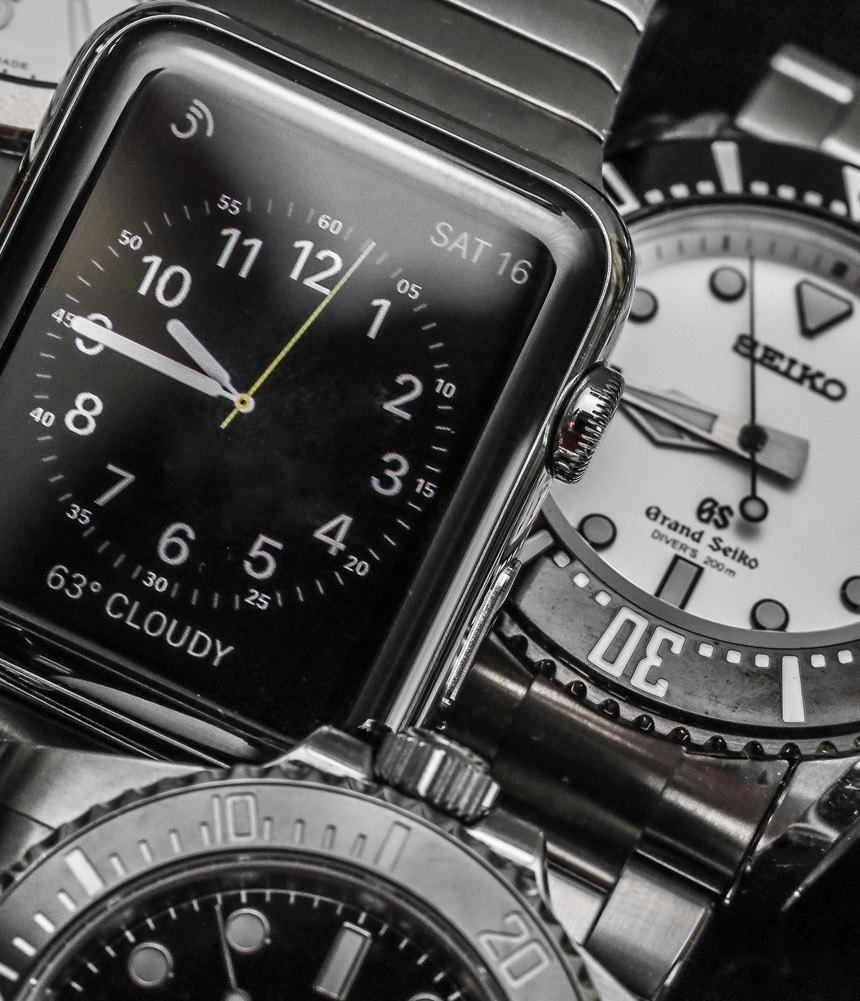
How many Apple Watches would need to be sold to come at least sort of close to that? Let’s assign an average price of say $500 for the Apple Watch – which is probably being generous given the closer to $350-$400 price most people spent on the aluminum Apple Watch Sport. To earn $3.5 billion which is a full billion dollars less than I estimated above for Rolex, Apple could have sold 7,000,000 Apple Watches in 2015 – and that isn’t too shabby. Again, these values are just estimates, but you can see that for a new product in a new segment, that isn’t too bad. Remember that in the context of smartwatches the Apple Watch is still a luxury product, meaning that it opens up a huge market on the low-end that is going to be attractive to most lower-income people who nevertheless want smartwatch devices.
In addition to their other markets, Apple is now a watchmaker – and the chart proves it. The mere fact that Apple decided to put those other names up in their presentation is an interesting sign. Apple almost never mentions their competition, and here they don’t see these brands as competition. In fact, only two of those other brands even make smartwatches (Fossil and Casio – and in small numbers). In my opinion, by putting those names up there Apple is not only giving the traditional watch world exposure (I’m sure many people seeing the presentation haven’t even heard some of those names), but is also reinforcing its belief that it is among them. It is trying to close the gap between “smartwatch” (a term it has never chosen to use to describe its products) and “watch.”

